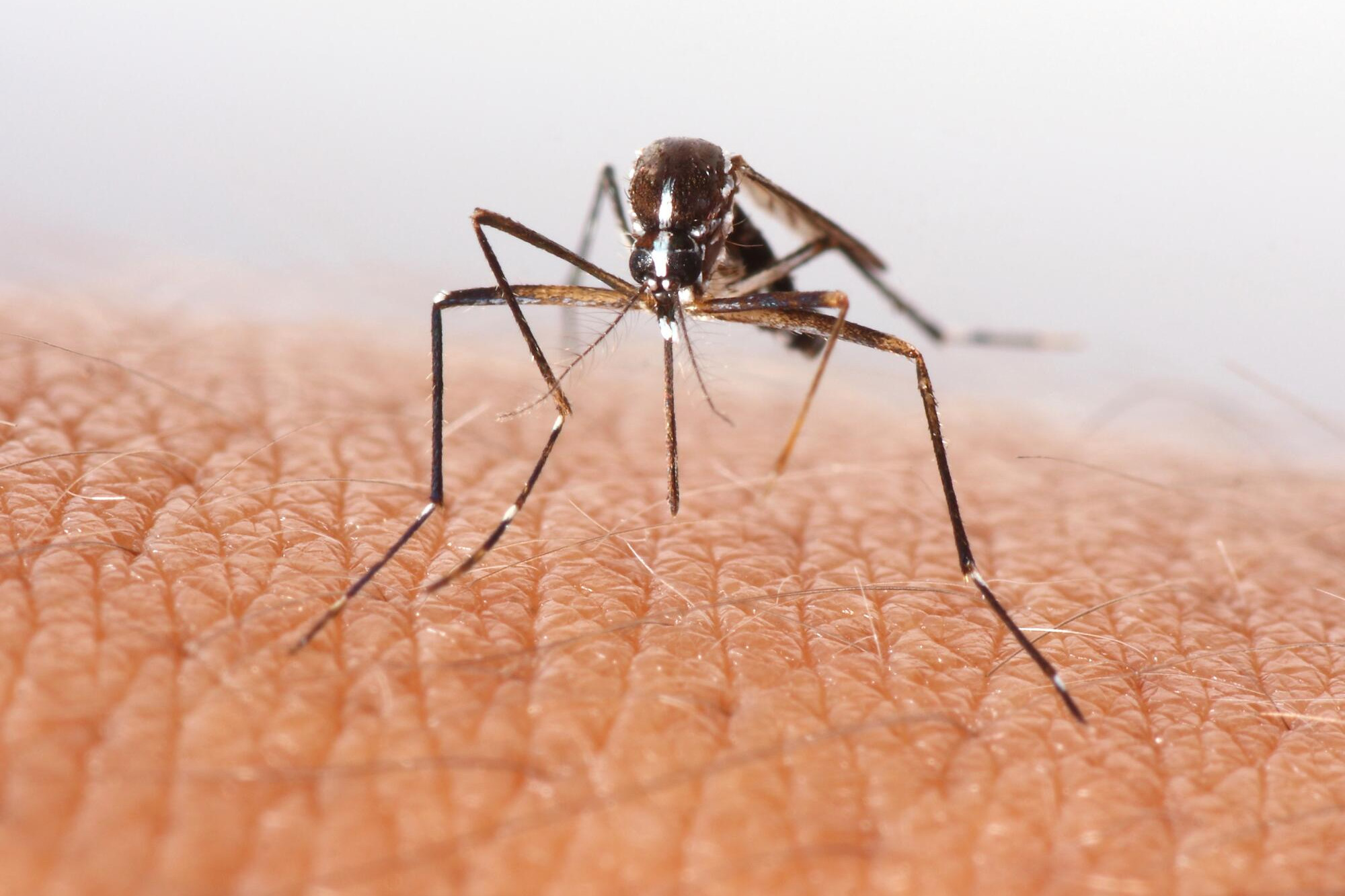General News
12 January, 2023
Murray Valley encephalitis case
Victoria's Health Department tonight said a case of Murray Valley encephalitis had been reported in the Loddon Shire this week. The department said people living or holidaying in northern parts of the state were being warned of a current and active...

Victoria's Health Department tonight said a case of Murray Valley encephalitis had been reported in the Loddon Shire this week.
The department said people living or holidaying in northern parts of the state were being warned of a current and active risk of contracting Murray Valley encephalitis, following further detections of this virus in trapped mosquitoes in additional locations.
It said Murray Valley encephalitis has this week been detected in the local government areas of Loddon, Indigo and Mildura. This follows detections reported last week in Bendigo and Mildura – which were the first detections of Murray Valley encephalitis in more than 10 years through mosquito surveillance programs.
In a statement:
"While there are currently no cases in humans, these detections mean there is an imminent risk to human health, so we are urging people in northern Victoria to take immediate steps to reduce their exposure to mosquitoes,” Victoria’s Deputy Chief Health Officer Associate Professor Deborah Friedman said.
“Avoid being outdoors, especially at dusk and dawn, cover up with light-coloured, long-sleeved, loose-fitting clothing, regularly apply insect repellent, and get rid of water that mosquitoes breed in around your home.”
Most people infected with Murray Valley encephalitis do not have symptoms. However, in a small number of people, a life-threatening infection can result. If symptoms develop, they typically start seven to 12 days after exposure but may occur anywhere from 5 to 28 days after exposure.
Symptoms include fever, headache, nausea, vomiting and muscle aches. In rare cases, people can develop meningitis or encephalitis and have symptoms of severe headache, neck stiffness, sensitivity to bright lights, drowsiness, confusion, seizures, loss of consciousness or coma.
Serious illness can result in death or long-term neurological complications.
There is no vaccine currently available for Murray Valley encephalitis virus.